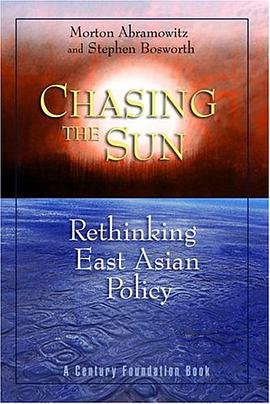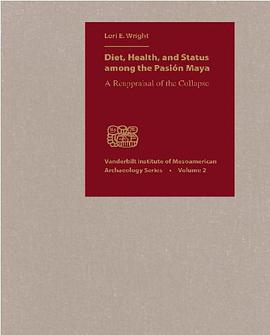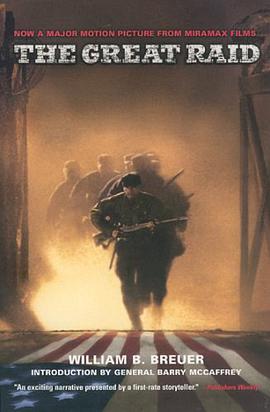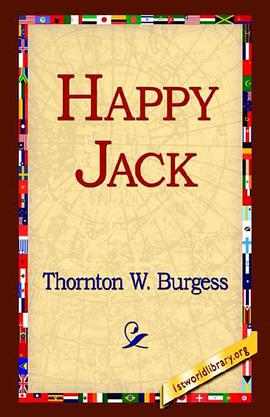

At the centre of Beirut lies the Bourj, one of the world's great public squares, as well as one of the most durable. The square is an 'open museum of the world's civilisations', resonating with influences from ancient Phoenicia to modern France and beyond. The heart of a 'merchant republic', its receptivity to foreign cultures and beliefs meant that traders of different backgrounds assisted each other in private ventures; a sense of solidarity arose that carried over into times of need. During the Lebanese civil war from 1975-90, this pleasant, vibrant entertainment district, transport hub and melting-pot of cultures was riven by the notorious 'Green Line' that divided the city into warring factions. Israeli air raids in successive years worsened the damage, sinking the Bourj further to the status of a 'no-man's land'. Samir Khalaf, a Beirut resident and an internationally acclaimed sociologist, is an ardent admirer of the Bourj's cosmopolitan history and argues passionately that its reinvention is at hand, and must be encouraged: the Bourj must reclaim its disinherited legacy of pluralism and tolerance.
具体描述
读后感
评分
评分
评分
评分
用户评价
相关图书
本站所有内容均为互联网搜索引擎提供的公开搜索信息,本站不存储任何数据与内容,任何内容与数据均与本站无关,如有需要请联系相关搜索引擎包括但不限于百度,google,bing,sogou 等
© 2025 book.wenda123.org All Rights Reserved. 图书目录大全 版权所有




















